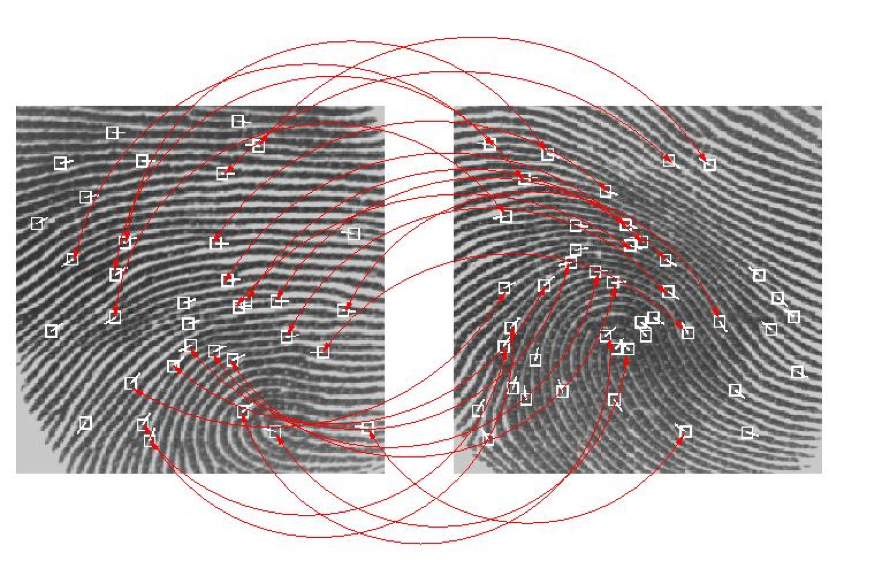Biometric Fingerprints
When collecting fingerprints for subject identification or verification, the quality of the captured fingerprints is very important to achieve high accuracy in the biometric comparison process. A preferred approach to achieve high quality fingerprint information is to measure the quality of each finger during the registration process and feed the result back to the operator and applicant such that possibly a higher quality fingerprint image can be captured. When registration is completed, every template for each finger contains a template-specific quality measure.

When comparing two subjects each with several fingers, templates with a quality below a certain threshold are normally discarded. This potentially leads to a loss of accuracy because low quality images might still have discriminating information. Furthermore, in fusing the available fingers of the two subjects the quality of each finger is in general not taken into account, and results of fingers that are just above the quality threshold and high quality images are weighed equally in the fusion process.
Project Description
Instead of fully discarding the template below a certain quality, it could be beneficial for the matching accuracy to include all fingers in the fusion process but to assign different weights to high quality and low quality templates. This requires a quality measure that is a good indicator of matching accuracy. For this, the native quality measure of a fingerprint SDK or the NIST NFIQ2 quality measure can be investigated. A possible approach is to assign templates to different quality categories, for example ‘low’ and ‘high’, and measure ROCs based on the fingerprint quality in a fingerprint pair (such as low-low, low-high and high-high). From these intermediate results a proposal can be made how to combine matching scores from templates with different quality. Finally it has to be assessed how the proposed approach compares to a matcher that discards low quality templates. The research project should result in a research report or paper.
Environment
You will be working in the ICT Lab of the Signal Processing Systems (SPS) Group, TU/e Eindhoven. The ICT Lab collaborates with GenKey, Eindhoven, on biometric research.
Your Background
Your basic signal processing background should be enhanced with knowledge about error correcting codes and information theory. Course 5LSF0, “Applications of Information Theory”, Q4, provides this extra knowledge.
Contact
Interested applicants may contact:
Ir. Lieneke Kusters (c.j.kusters@tue.nl), Prof. Jean-Paul Linnartz (J.P.Linnartz@tue.nl), or Prof. Frans Willems (f.m.j.willems@tue.nl).